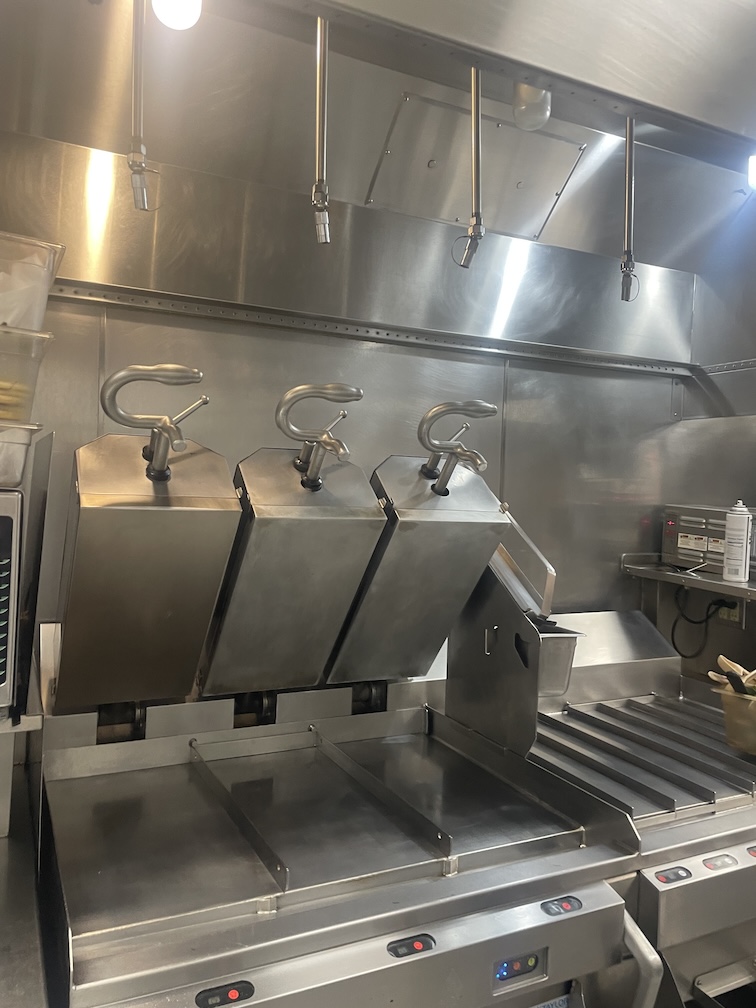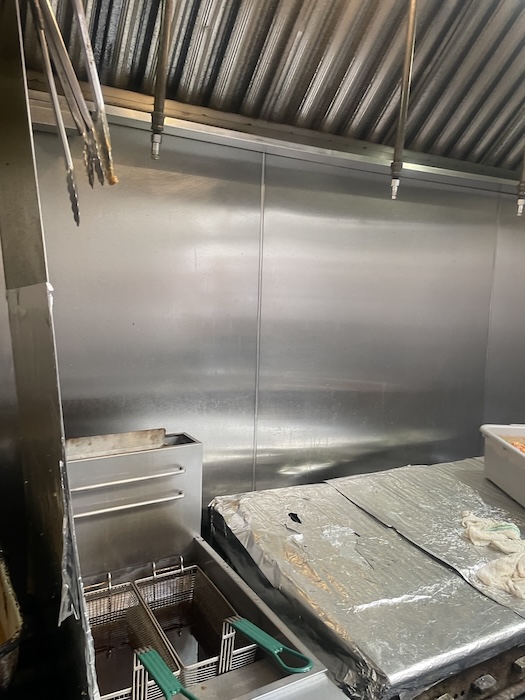The Restaurant Cooking Equipment Specialists for your Kitchen
Fryers, Grills, Ranges, Ovens – Any type of Commercial Cooking Equipment Protected




When it comes to restaurant operations, it’s not common to receive fines for having cooking equipment slightly out of place, like an inch away from where it’s supposed to be. However, there are various reasons why a restaurant might face fines or penalties related to equipment placement or other aspects of their operation.
Beyond that, fire suppression is a critical aspect of restaurant safety that directly ties into equipment placement and potential fines. In commercial kitchens, where open flames and high-heat cooking equipment are commonplace, the risk of fires is significantly higher than in many other settings.
Firstly, building codes and safety regulations play a vital role. These regulations are there to ensure the safety of everyone, including customers and staff. If the placement of restaurant equipment violates these codes and poses a safety risk, it could result in fines. Commercial kitchens in restaurants have a higher risk of fires, so there are specific guidelines for the placement of equipment like stoves, ovens, and fire suppression systems to minimize these risks.
To mitigate these risks, fire safety regulations often dictate not only the types of fire suppression systems required but also their proper placement. These systems are designed to detect and extinguish fires quickly, preventing them from spreading and causing extensive damage or harm to individuals. Improper placement of fire suppression equipment, such as fire extinguishers, fire blankets, and automatic fire suppression systems above cooking equipment, can result in serious safety hazards. For instance, if a fire suppression system is not correctly positioned, it might fail to effectively extinguish a fire, leading to increased damage and potential injuries.
Therefore, adhering to fire safety regulations, including the correct placement of fire suppression equipment, is crucial for both the safety of restaurant employees and patrons, as well as for avoiding fines and penalties that could result from non-compliance.
Failure to comply with the conditions associated with these permits, which may include specific layouts and equipment placement, can lead to fines.
It’s worth noting that the specifics of these regulations and fines can vary widely depending on your location. Enforcement also depends on local authorities and agencies responsible for oversight. Generally, restaurants are given a chance to correct violations before fines are imposed, and fines are usually reserved for cases where non-compliance poses significant risks or issues.
In summary, while fines related to equipment placement in restaurants might seem strict, they are often rooted in ensuring the safety and well-being of all individuals involved in the dining experience. Fire suppression equipment placement is just one of the many aspects that authorities consider when evaluating a restaurant’s compliance with safety regulations.